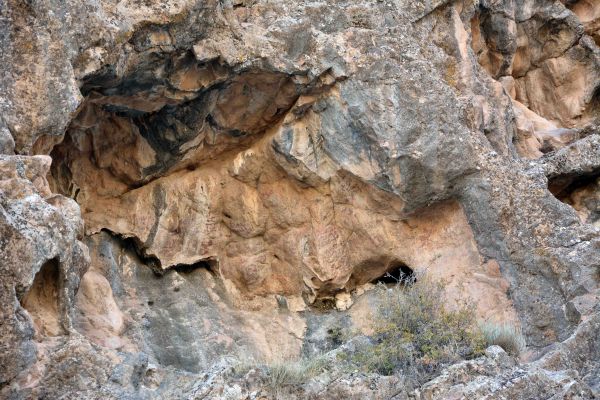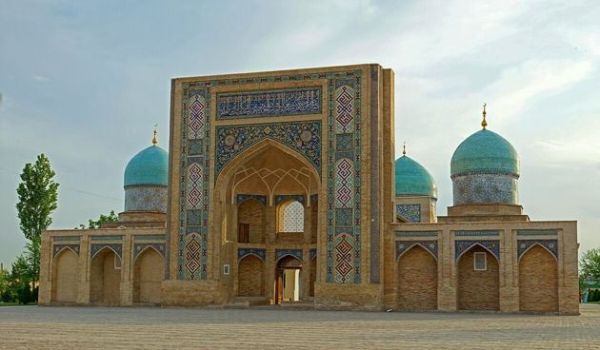Zarautsai Rock Paintings
Located on Mount Kuhitang. It was studied in 1938-39 by S.Lomaev and A.Roginskaya. There are 200 rock carvings depicting hunting landscapes in the Zaraisk belt. They are mostly painted in red-ochre color. The earliest of the paintings belongs to the Upper Paleolithic. They are as famous as Altamira in Spain, Lascaux in France, Kapova in Bashkiria, and the Upper Paleolithic monuments of Saimalitash in Kyrgyzstan. It is considered the oldest Mesolithic monument of Surkhandarya. The drawings date back to the 12th-7th millennium BC. The paintings on the belt are divided into separate groups.
The secrets stored by the mountains are inexhaustible in deep endless caves with lakes and grottos. Unique monuments of humanity – rock carvings – have been discovered in many mountainous areas of Uzbekistan.
One of the oldest is the Zarautsai gorge in the south of the country in the southwestern foothills of the Gissar range in the west of the Surkhandarya region, 100 km from Termez. More than 20 caves with rock carvings from the 12th–8th millennia BC have been discovered here on the steep mountainside.
Unlike other petroglyphs in Uzbekistan, all the rock carvings in Zarautsai are painted in red ochre. Besides Zarautsai, there is another place in Uzbekistan – Kuruksai, where ancient ocher paintings have also been found. The majority of the drawings date back to the Mesolithic and Neolithic eras.
Dynamic hunting scenes with running bulls, jeyrans, saigas, arrows flying at them, dogs and people with bows and axes chasing them; mysterious figures in hoods, obviously conducting rituals in honor of hunting – the unique creativity of an ancient man is able to arouse interest and surprise his audience.
At the same time, drawings that have come down to us from the depths of time require careful attention, because they can disappear not so much due to the effects of adverse environmental conditions, as under the left "autographs" of a modern person.
Currently, only 40 of the 200 images first discovered in 1940 have been preserved in the caves of Zarautsai. And some of the later drawings have inscriptions in Arabic.














